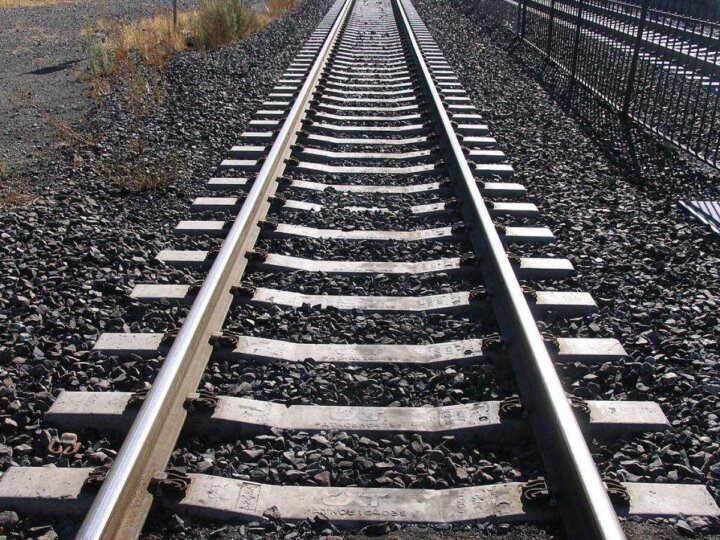The gauge of a railroad track is defined as the distance between the inner faces of the two rails. This distance is measured 14 millimeters below the running gauge. Interestingly, there are 10 standard track gauges worldwide: 500, 600, 750, 750, 762, 914, 1000, 1067, 1372, 1435, 1520, 1524, 1600, 1668, 1674 and 1676 millimeters. Why such a variety?
The world’s first gauge was 1422 mm, chosen by George Stephenson for the world’s first railroad line, between Stockton and Darlington. The reason was that this was the separation between the wheels of the wagons in the first mine he had worked, when the wagons were pulled by people and animals.
By 1846 the variety of track gauges in the UK was such that the British Parliament had to put things in order, dictating the official track gauge as 1435 mm. In 1887 at the Berne Conference it was accepted as the international gauge. This gauge is known as Stephenson gauge and is used on 60 percent of the world’s railways.
In addition to these historical issues, the various gauges are also the result of military considerations. When the world was in the era of world wars, presenting a different gauge would allow enemy nations to avoid easy passage through the territory. In the event of an invasion, the enemy could not use their own trains to mobilize their troops, because they could not run on a different gauge.
Another factor that has modified track gauges throughout history is the orographic factor. In mountainous areas where trains had to make very tight turns, narrow gauges allowed for greater maneuverability of the trains, which also had to be lighter. In countries with plains, wider track gauges and heavier and larger locomotives suited them better.
In addition to historical and military reasons, track gauges have also been influenced by economic factors. In some cases, countries have opted for narrower track gauges as a way to reduce track construction and maintenance costs. For example, the 1067 mm gauge, also known as Indian gauge, was adopted by the British Empire in India as a way to build a more economical rail network compared to the standard gauge of 1435 mm. This decision had a lasting impact on India, as Indian gauge became the standard for the country and is still used on most Indian railway lines today.
Track gauges have also evolved due to improvements in railway technology. Over time, new materials and track and train designs have been developed that allow for more efficient and safer transportation. For example, the 1435 mm high-speed gauge has become increasingly popular around the world due to its ability to carry passengers and freight at higher speeds and with greater comfort compared to narrower gauges. In Europe, for example, most high-speed lines use the standard gauge, while in Asia, where distances are longer, even wider gauges are used to allow higher speeds.
Finally, track gauges have also been influenced by national and regional policies. In some cases, countries have chosen to adopt a standard gauge to facilitate interoperability and cross-border trade. In other situations, countries have chosen to develop their own track gauges as a way to promote national industry and technological autonomy. For example, Russia uses the 1520 mm gauge, also known as the Russian gauge, which is wider than the international standard of 1435 mm. This decision was made in the 19th century as a way to prevent Western European locomotives from easily entering Russian territory. Today, the Russian gauge is used on most railway lines in Russia and the countries of the former Soviet Union.



